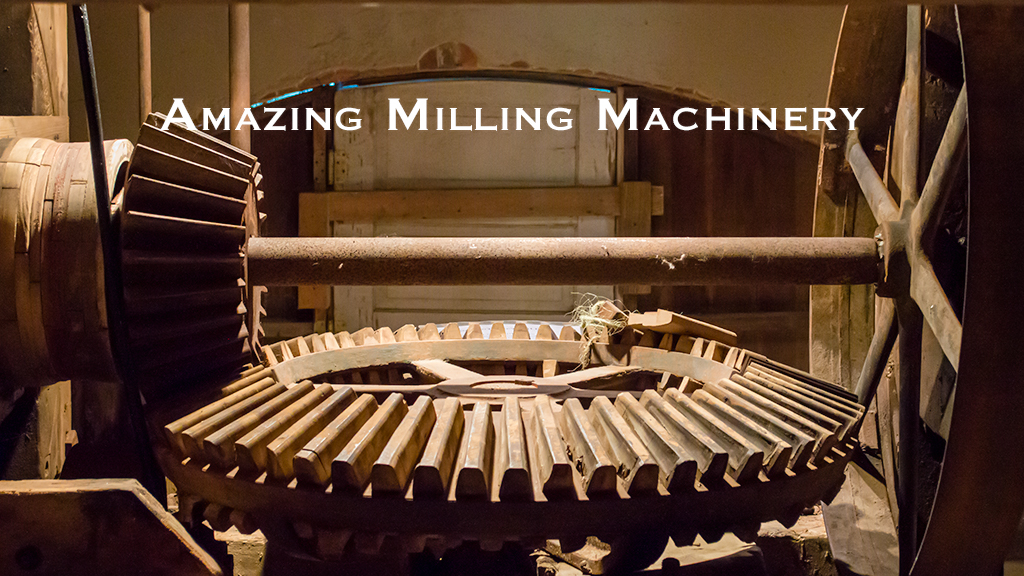I was first attracted to Lancaster County’s old grist mills because of their unique architecture. I began photographing them years ago not knowing where that practice might take me. Lately, I have been privileged to get inside some of the mills and have found that they are even more amazing on the inside! Of course, most of them have been remodeled for other uses but a few of them still have the old milling machinery in them. I have become fascinated by the 19th century technology that predates electricity. Today factories and mills are powered by electricity and guided by computer systems. But back in the day, all they had was gravity. Gravity turned the water wheels and turbines, and gravity moved the materials throughout the mills.
I am currently working on a project sponsored by the Ressler Mill Foundation. The Ressler Mill Foundation manages the Mascot Roller Mill on the Mill Stream in Upper Leacock Township. The foundation has engaged a mill wright to refurbish the milling equipment, not necessarily for the purpose of grinding flour again, but as a means of keeping the equipment in good shape so that it can be enjoyed by future generations. The Mascot Mill is open for tours several days a week during the summer months. My role is to photograph the equipment before and after the refurbishing work. Every time I go inside the mill, I see new things that I hadn’t noticed before.

Today’s featured gadget is a speed indicator. This helped the miller to know that his mill was functioning properly and would alert him if there was a problem. The iron balls rotated as the wheels turned and centrifugal force would cause the balls to swing out from the shaft. The balls would move further up and out as the mill ran faster and would move in and down when the mill slowed down. At the top and bottom of the shaft are cogs that engage a bell. If the mill is running at the correct speed, the bell does not ring. But if the mill started to slow down, meaning there was excessive load on the system, the bell would ring slowly alerting the miller to check on what was causing the loss of power. On the other hand, if the mill ran too fast, the bell would ring rapidly. This might indicate that the wheat bin was empty, or some other machine was not functioning properly.
For more information about the Ressler Mill Foundation, visit their website at https://resslermill.com/
